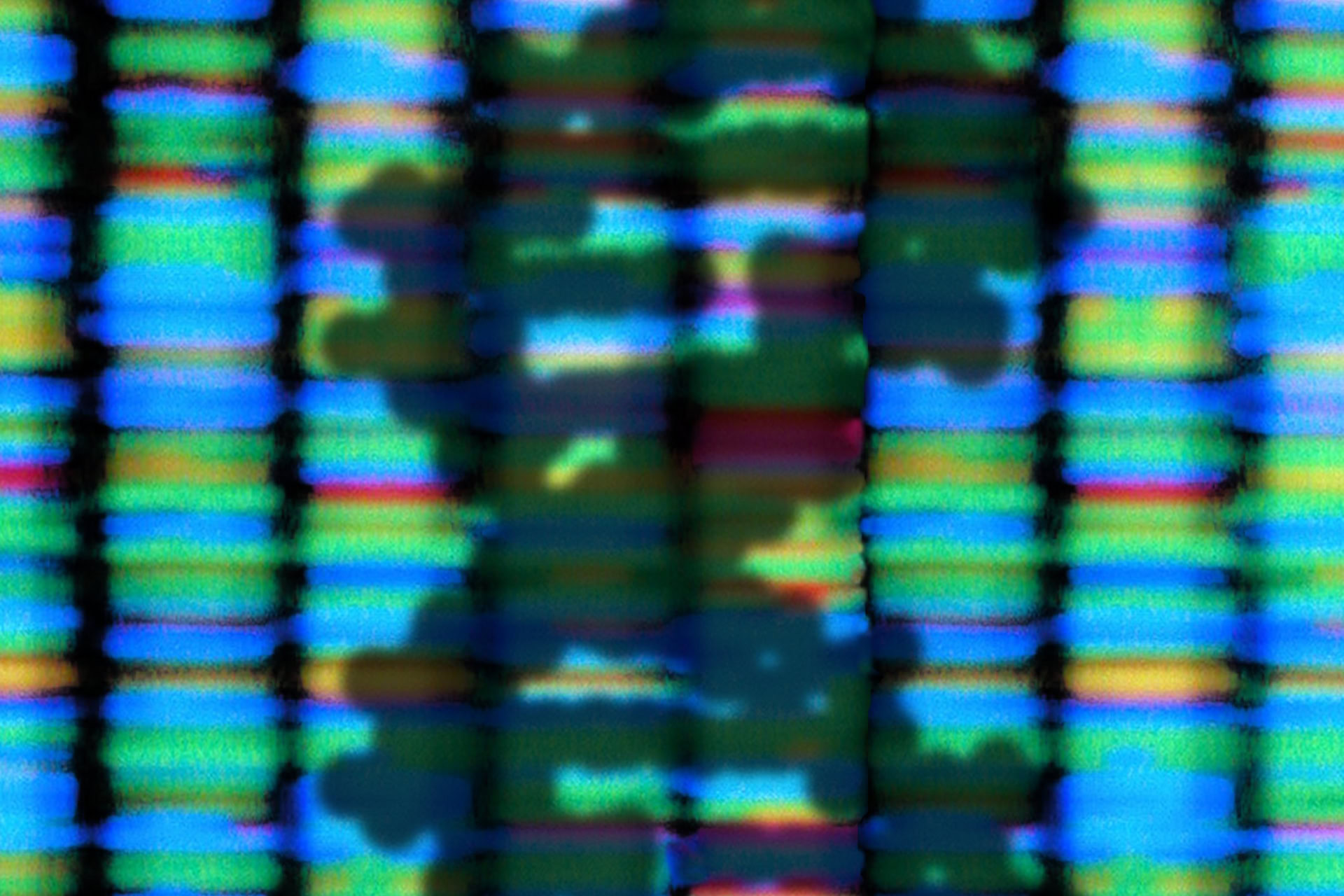Over a dozen children with 'boy in bubble' syndrome are alive and well, with functioning immune systems, nine years after undergoing gene therapy to correct their disorder, researchers report.
Severe Combined Immunodeficiency (SCID) is a rare genetic condition, leaving babies vulnerable to infections and greatly reducing their life expectancy.
Until now patients have most commonly been treated with expensive drug therapy or bone marrow transplants, which are themselves potentially dangerous to the patient. Although transplants are highly successful, roughly only one in five children with SCID has a perfectly matched donor.
Fourteen of the 16 children treated with the pioneering gene therapy procedure have shown clear clinical improvement and are now able to attend school and live a normal life, the researchers from Great Ormond Street Hospital and the Institute of Child Health report.
Professor Bobby Gasper, a consultant in paediatric immunology, and programme leader said: 'These are excellent results for our gene therapy programmes and the first time we have been in a position to say we have found a cure for patients with these conditions'.
Different forms of SCID affect the immune system's cells differently. X-linked SCID (SCID-X1) is caused by mutations in the IL2RG gene on the X chromosome, and typically results in non-functional T-cells and weaker B-cells. Adenosine deaminase deficient SCID (ADA-SCID) is caused by a lack of an enzyme needed to assist cells in the removal of toxic by-products. The build up of toxins then affects development of T cells, B cells, and natural killer cells, severely reducing their numbers. If immune function is not restored, children with ADA-deficient SCID may die in early infancy. Children born with SCID needed to live in a sterile environment — a so called 'bubble' — if they were to stand any chance of survival.
In their research, involving ten children with SCID-X1 and six children with ADA-SCID, scientists removed cells from the patient's bone marrow and then introduced a functioning replica of the defective gene causing SCID. This was then re-transplanted back into the patient for the body to use as a template for the production of fully functioning immune system cells.
Over nine years later, the disease has been stopped in four of the six SCID-ADA patients and in nine of the ten SCID-X1 patients, all of whom have developed functioning immune systems of their own. One SCID-X1 patient developed leukaemia, but is now in remission.
'It demonstrates that gene therapy for immune disease is now mainstream, and we hope this approach will benefit many more patients in the future', said Professor Adrian Thrasher, a member of the research team.
The findings were published in the journal Science Translational Medicine.
Sources and References
-
Gene therapy halts 'bubble boy' immune disease
-
Gene therapy success for children born without functioning immune system
-
Gene therapy is cure for 'boy in the bubble' syndrome
-
Cured at last, the boys who lived in a bubble: British doctors lead the world in ground-breaking gene therapy
-
Hematopoietic Stem Cell Gene Therapy for Adenosine Deaminase—Deficient Severe Combined Immunodeficiency Leads to Long-Term Immunological Recovery and Metabolic Correction
-
Gene-therapy success for children born without functioning immune system




Leave a Reply
You must be logged in to post a comment.